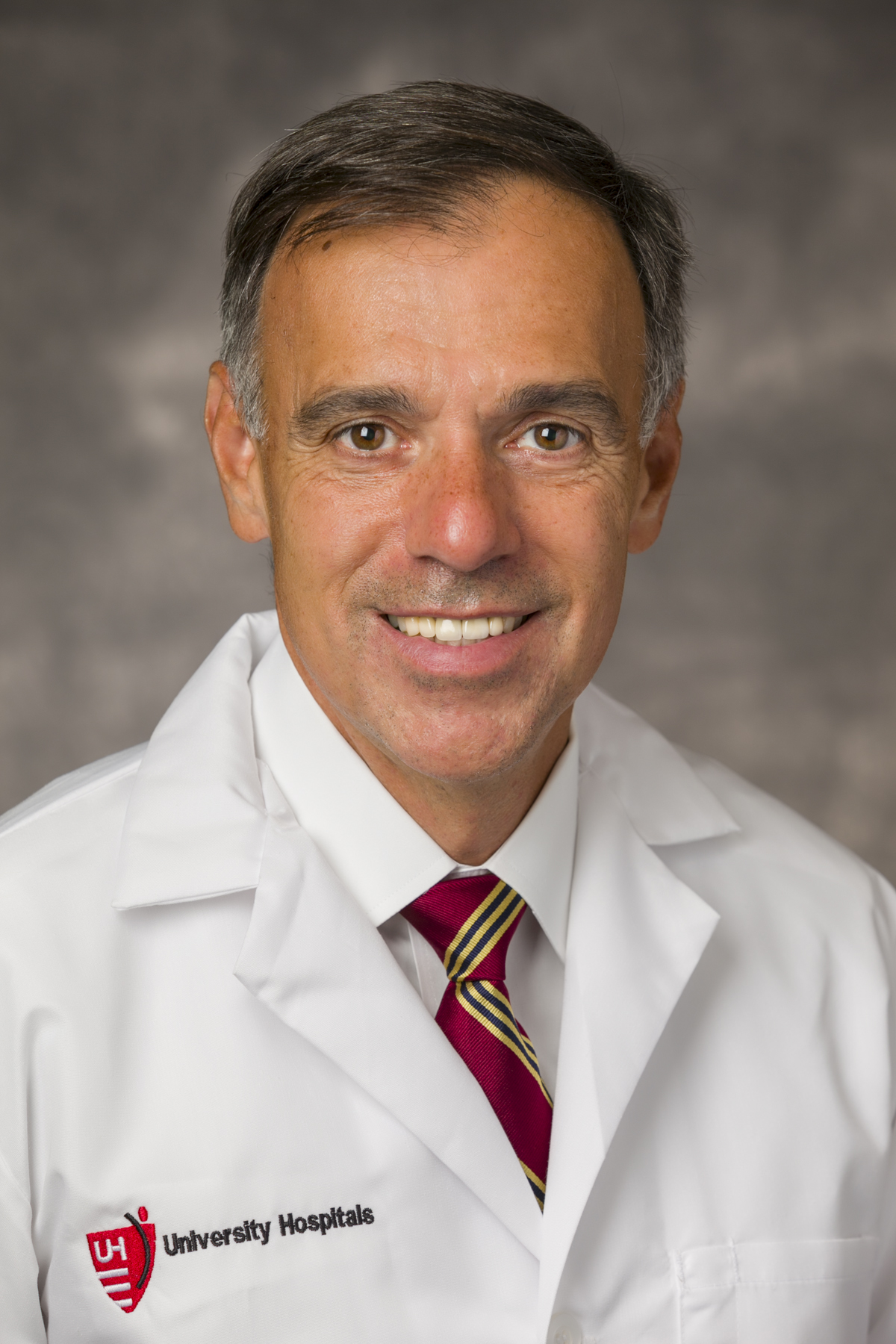Surgical Solutions
May 08, 2017
New Surgical Chair Joseph F. Sabik, MD, brings extensive experience with minimally invasive mitral valve procedures to University Hospitals
Harrington Heart & Vascular Institute Innovations – Spring 2017
 Joseph F. Sabik III, MD
Joseph F. Sabik III, MDFor today’s patients with heart valve disease, high-tech options abound. Interventionalists can employ percutaneous approaches to aortic valve replacement while the patient is awake and talking. On the surgical side, cardiac surgeons can repair or replace a diseased mitral valve through a two- or three-inch right-side mini-thoracotomy.
For cardiac surgeon Joseph F. Sabik, MD, Chairman, Department of Surgery, University Hospitals Cleveland Medical Center, Vice President, Surgical Operations, University Hospitals, Surgeon-in-Chief, University Hospitals these approaches are two sides of the same coin.
”I don’t think anything will ever replace an open procedure,” says Dr. Sabik, University Hospitals’ new Chairman of the Department of Surgery and Surgeon-in-Chief. “The key is to not look at these approaches as competitive but instead as complementary. Here at UH we have surgeons who do minimally invasive approaches, and we have interventionalists who do interventional approaches. We work together as a heart team to come up with the best solution for the patient. We’re not fitting patients to the procedures or operations that we do. Instead, we’re finding the best one for that patient.”
One of Dr. Sabik’s contributions to the experience base at UH is minimally invasive mitral valve surgery. Over the past five years, he has performed more than 250 such cases – more than most cardiac surgeons perform in an entire career.
“We go in between the ribs to either repair or replace the mitral valve, without breaking or dividing any ribs,” he says. “Because we’re not dividing the bone or the mediastinal contents, there’s less bleeding and trauma, so patients get out of the ICU and recover more quickly. We still go on the heart-lung machine, but we do it using the vessels in the groin. The important thing is that we can do it with less time on the heart-lung machine and less time with the patient’s heart stopped.”
Some other centers employ surgical robots in minimally invasive mitral valve procedures. However, Dr. Sabik says he doesn’t believe the benefits of the robotic approach outweigh its risks in most of these cases. Robotic surgery requires four or five additional incisions to create ports, which lengthens the patient’s time on the cardiopulmonary bypass machine and the overall surgery.
“Sometimes robotics are very good, but I’m not sure they’re right in this situation,” Dr. Sabik says. “We just go through a little incision and can repair the valve, so we can do it faster. Sometimes you opt for a minimally invasive approach even when it takes more time. With this, it’s minimally invasive and takes less time.”
Dr. Sabik and his UH colleagues are continuing to investigate new approaches to valve disease and which approaches are best for certain patients. They will be involved in the clinical trials of a percutaneous strategy for mitral valve replacement, scheduled to start in the next year. And they’re working to determine which patients are the best candidates for surgical valves and which are the best candidates for receiving valves percutaneously.
”Today it’s the older frailer patients who are best suited for percutaneous approaches, but I think we’re going to learn more,” Dr. Sabik says. “There may be certain pathologies that are better suited to surgery. It might just not be age and comorbidities but intrinsic factors about their disease. In any event, if a patient needs a valve operation, we determine the best way to do it – surgically or percutaneously -- and then offer it to the patient. That’s what’s wonderful about a place like UH where we have both skills sets and can offer patients the full spectrum of options.”
For more information about minimally invasive mitral valve surgery at UH or to refer a patient to Dr. Sabik, please call 216-844-3211.


